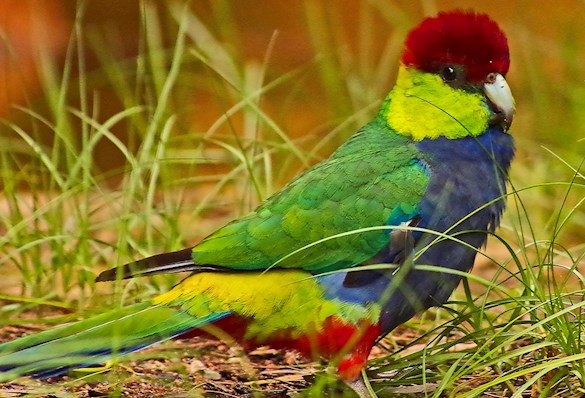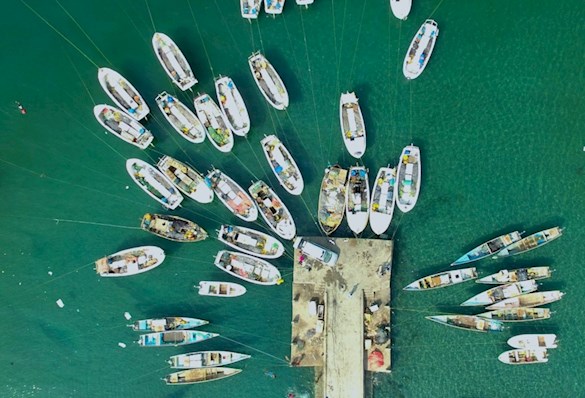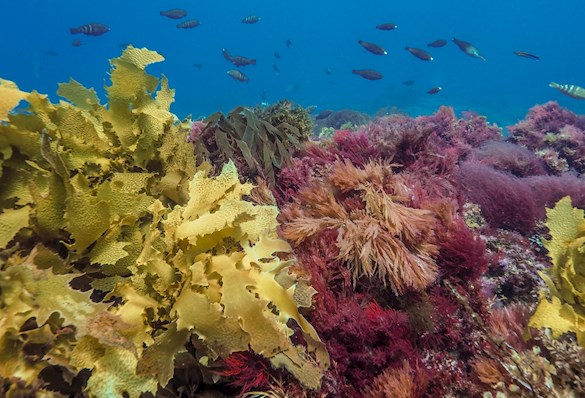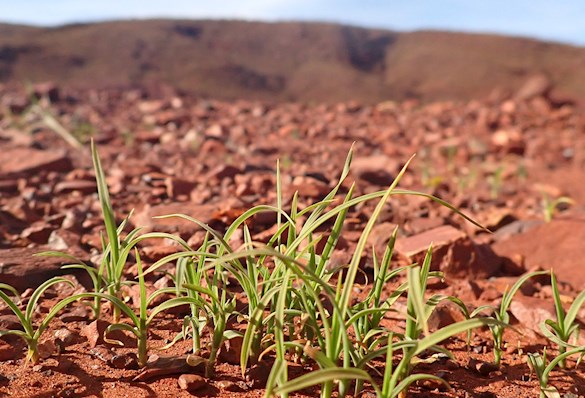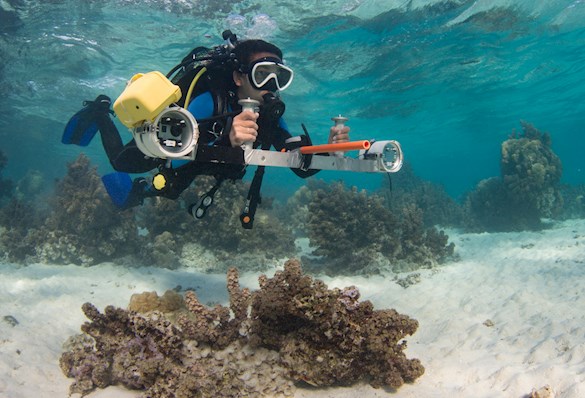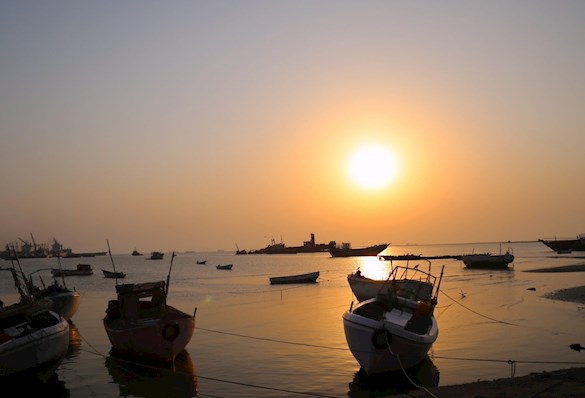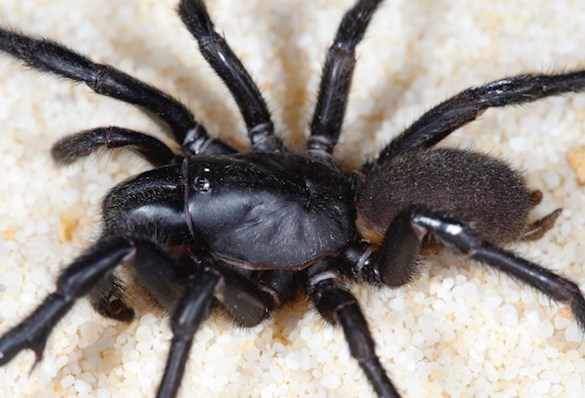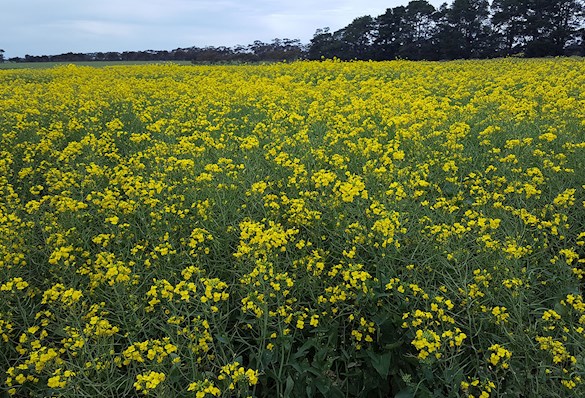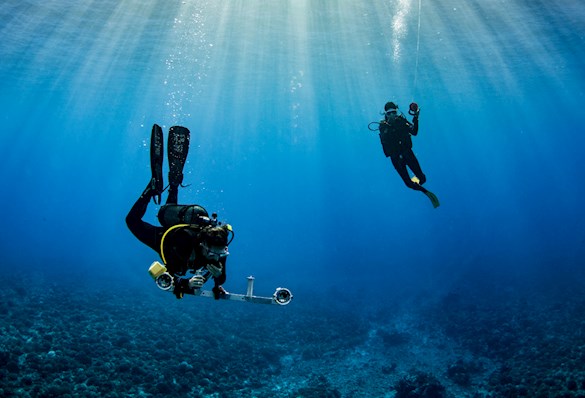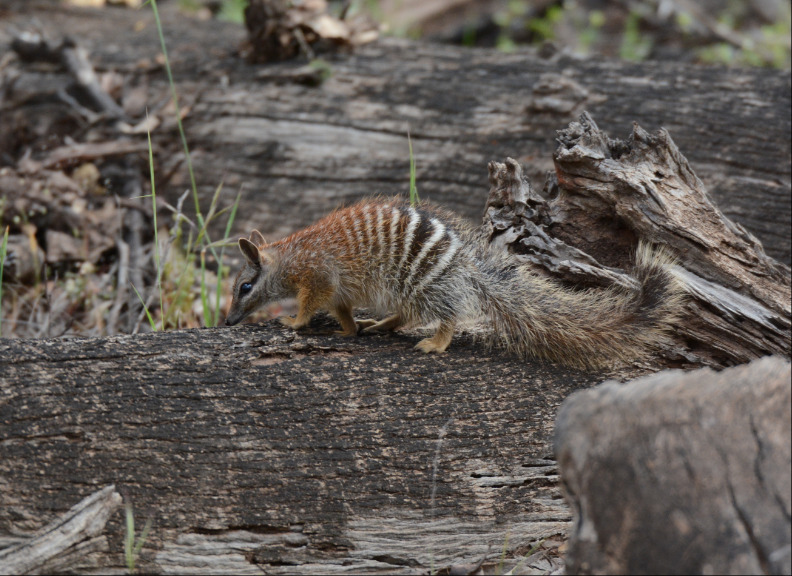
PROJECT
Thigmomorphogenesis in pre-emergent seedling growth: How seedlings navigate rocky soils
How do seedlings navigate rocky soils?
Improving our understanding of how seedlings navigate the rocky soils typical of Australia’s arid zone as they emerge, could inform better ecological restoration practice.
Seedlings of wild plants often need to emerge from heterogeneous soil environments with many obstacles (compacted soils, rocky soils, etc.). Understanding how seedlings emerge in these conditions, including the limits of emergence, has broad applications spanning seed ecology, material science, robotics, ecological restoration, agriculture and even astrobotany.
For example, in ecological restoration, if seed placement can account for the heterogeneity of the soil matrix, the proportion of successfully emerged seedlings, and potentially, the growth rate of emerged seedlings, could be enhanced. Higher emergence and seedling survival could result in major savings in seed costs and deliver better plant and ecosystem restoration.
Engineers at the UWA Centre for Engineering Innovation: Agriculture & Ecological Restoration, in collaboration with seed biologists at Kings Park Science and material scientists at the Max Planck Institute of Colloids and Interfaces are seeking a suitable PhD candidate to understand how native seeds emerge from rocky substrates and in harsh environmental conditions to answer such questions as:
- What are the limits to seedling emergence depth and how is emergence depth related to the energy stores of the seed?
- How do soil properties such as rock content and compaction influence or limit seedling emergence?
- Can seedlings navigate obstacles such as large rocks in the soil profile and what are the limits to this navigation?
- What mechanisms drive the navigation process, i.e. how do seedlings “sense” their surroundings?
- Do tissue properties within the seedling change to compensate for increases in mechanical pressure or harsh environments?
This PhD will involve a combination of theory and quantitative experimentation including:
- Germination and seedling emergence testing under a range of conditions, including in soil and soil simulated conditions (under elevated pressure to simulate soil compaction, etc.)
- Imaging using various 2/3-dimensional techniques (micro-CT, microtome sectioning, etc.) to visualise seedling emergence and understand seedling tissue morphology before, during and after emergence.
- Mathematical modelling to analyse energy and mass use by seedlings during emergence.
Suggested readings
- Soil rock content influences the maximum seedling emergence depth of a dominant arid zone grass
- Engineering restoration for the future
- Restoration Seed Banks—A Matter of Scale
Research team leader: Dr Monte Masarei
Monte is a researcher working in the Centre for Engineering Innovation focusing on developing new technologies to more efficient use valuable, wild sourced native seeds for ecological restoration. I make use of new and existing seed biology and ecology research to design mechanical devices that can enhance the recruitment rate of native plants from seeds.
Email: [email protected]
Phone: 6488 7560
Funding and Collaborations
Scholarship
German Exchange Service DAAD Scholarships (Contact research team before applying).
Funding
Project funding for experiments will come from UWA’s Centre for Engineering Innovation and Kings Park Science.
How to Apply
Check criteria
- To be accepted into the Doctor of Philosophy, an applicant must demonstrate they have sufficient background experience in independent supervised research to successfully complete, and provide evidence of English language proficiency
- Requirements specific to this project - Add here if applicable
Submit enquiry to research team leader
- Contact the research team leader by submitting an Expression of Interest form via the button below
- After you have discussed your project with the research team leader, contact [email protected] to proceed with your application





































